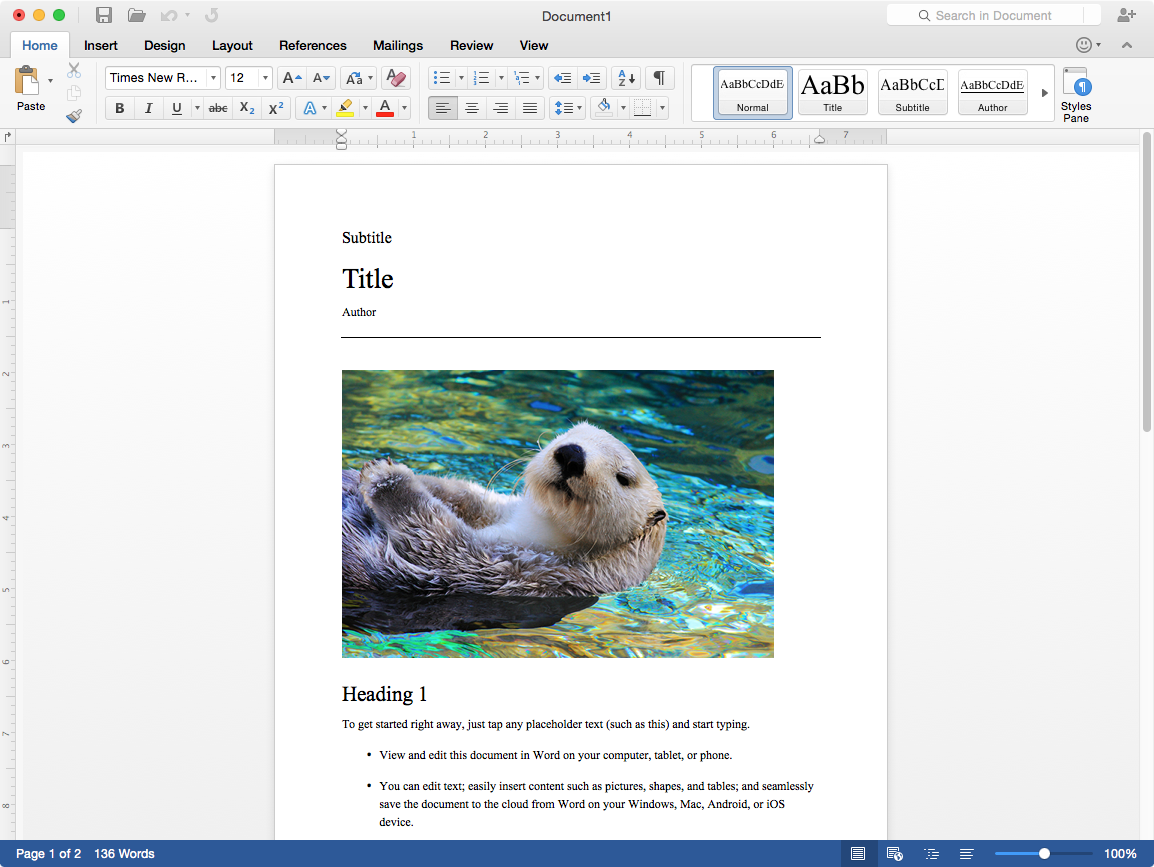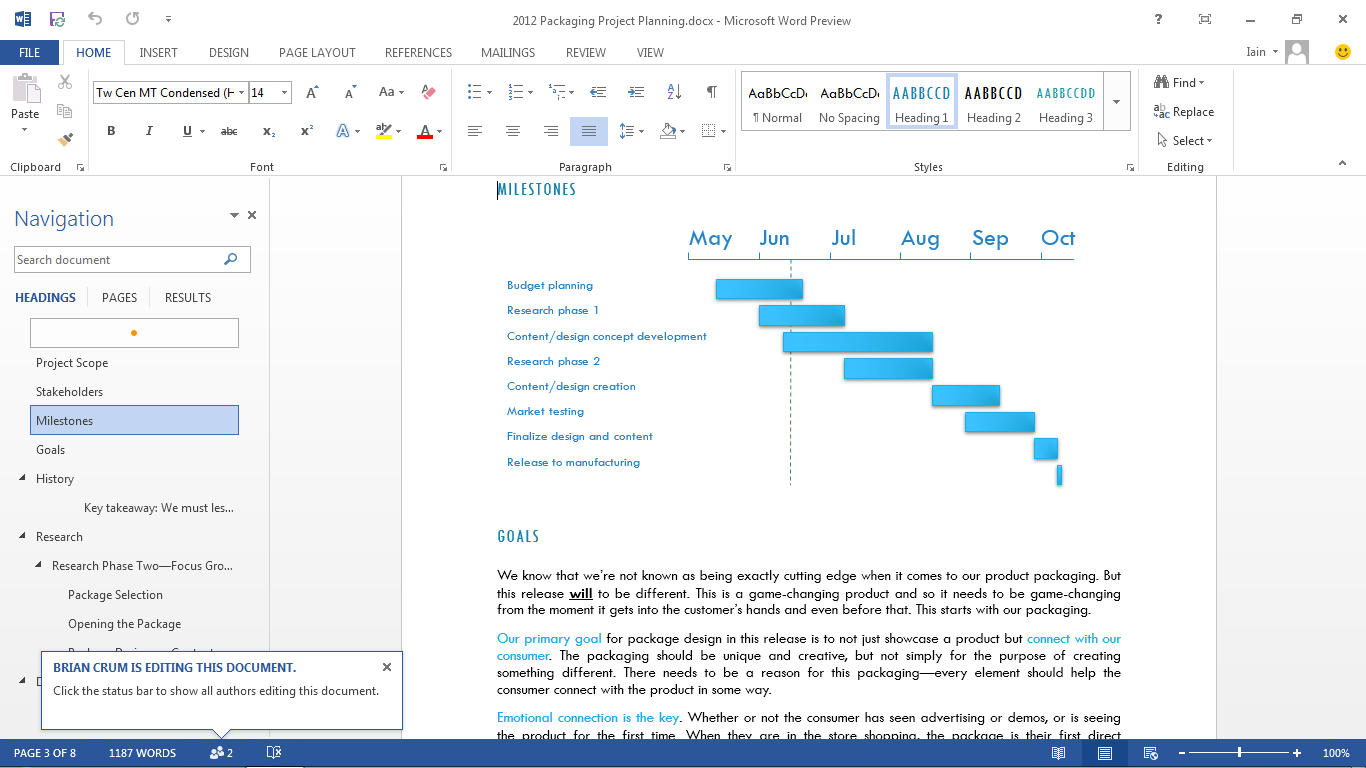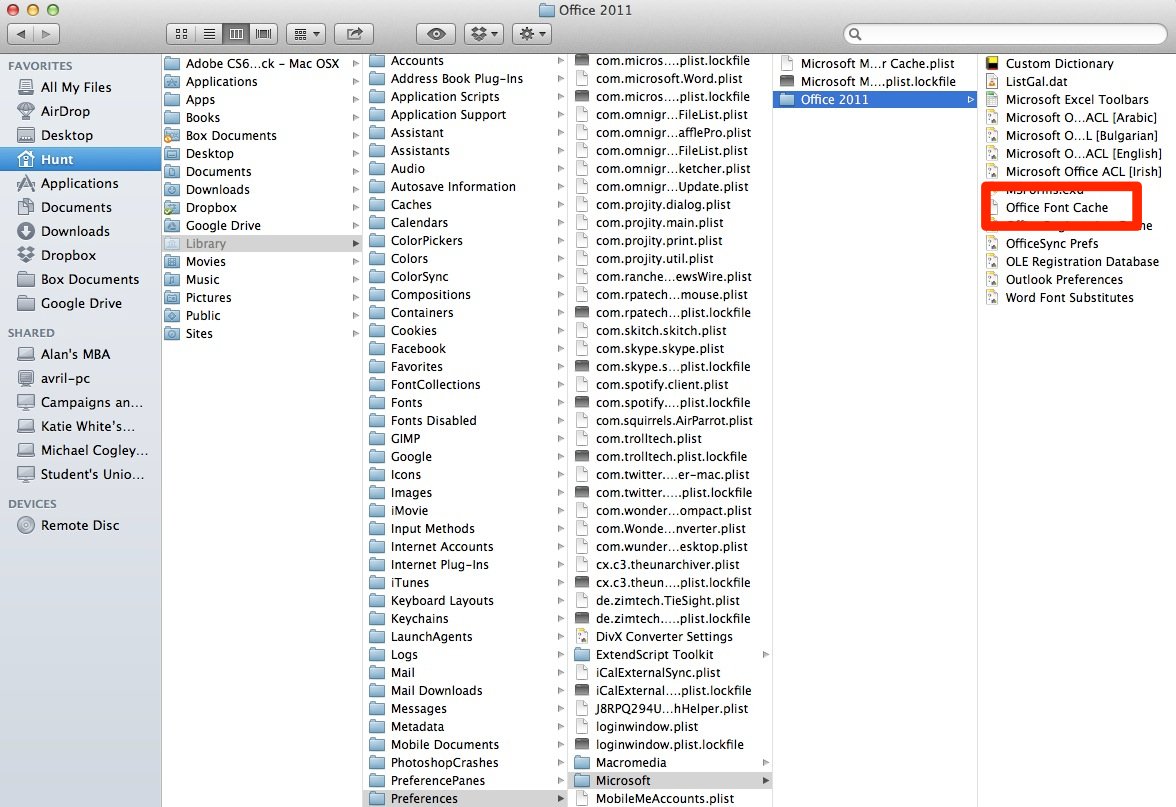

- MICROSOFT CACHE LOCATION FOR WORD MAC 2011 HOW TO
- MICROSOFT CACHE LOCATION FOR WORD MAC 2011 UPDATE
- MICROSOFT CACHE LOCATION FOR WORD MAC 2011 DOWNLOAD
- MICROSOFT CACHE LOCATION FOR WORD MAC 2011 FREE
Exactly as described, I couldn't figure how to do this for a long time and I didn't find any videos on YouTube describing this so here you go.Instagram dop.This setting is active by default, so your credentials are cached, and you log in automatically until you restart your computer. Optionally, clear the Use credential cache check box if you want to provide credentials each time you handle iManage documents in Power PDF.Other than that I would delete the outlook profile and build a new one. I looked at SSL certificate problems for a long time but simply clearing out the local cached e-mails and rebuilding the OST files did the trick for a few users.
MICROSOFT CACHE LOCATION FOR WORD MAC 2011 UPDATE
Exchange Certificate has expired, update it.Select Yes on the confirmation window to finalize this action. Scroll through the same list of certificates, this time looking under the Issued By column, and ensure that there are NO certificates that reference "DoD Interoperability." If you find any certificates with this text, please select the certificate and choose the Remove button.Note: To see this folder, please ensure that you can see hidden folders. If you do not see the plugin, please refer to the Outlook Plugin documentation. Double click the file and follow the instructions to install.
MICROSOFT CACHE LOCATION FOR WORD MAC 2011 DOWNLOAD
MICROSOFT CACHE LOCATION FOR WORD MAC 2011 FREE
If you have more concern about this issue, please feel free to post back. Please go to File > Options > Trust Center > Trust Center Settings > Email Security > Settings.

We can delete the certificate in Outlook and then re-import it to Outlook client.pst file is unexpectedly triggered again in Exchange Server 20. KB5006986: Opening an Outlook message from the desktop removes line spacing. KB5006983: Exchange Server 20 certificates created during setup use SHA-1 hash.The instructions below demonstrate how to clear the cache using Internet Explorer 10 or 11. OIT recommends that you perform this simple step before you start to surf the Web for the first time on the campus network. Clearing a web browser’s cache can correct problems you may have using a web browser while on the CU Boulder network or using an OIT web based program, like Desire2Learn or CULink.Command: rundll32.exe keymgr.dll,KRShowKeyMgrOnline: by: Drop Zone, Artist: BS.You can manually clear the cache manually or set it to automatically clear when a change is made to the website. You can clear the NGINX and Varnish cache directly from your PrestaShop website if you are using the ClusterCS control panel.From there, go ahead and simply choose "Move to Trash". After that, go ahead and right-click or do a control-click on the folder that has the name of your email account.

Then type the following: ~/Library/Mail/V2 and press on the Enter key. And then, go ahead and choose Go To Folder. Select the certificates for your CAC (press and hold Ctrl on your keyboard to select multiple certificates ), leaving only the Identity Certificate (circled in red below).

The instructions below demonstrate how to clear the cache using Safari. OIT recommends that you perform this before using the campus network. Clearing a web browser's cache can correct problems you may have using a web browser while on the CU Boulder network or using an OIT web based program, like Desire2Learn, Canvas or M圜UInfo.June 2020 Update: With a large number of sites affected by the recent expiring of a root certificate, we thought it would be valuable to again share this guide on intermediate TLS/SSL certificates in the certificate chain.Note that intermediate certificates rely on root certificates.For more information on root certificates, read The Impacts of Root Certificate Expiration.Qtreewidget example c Mobile homes for sale by owner richmond ky


 0 kommentar(er)
0 kommentar(er)
